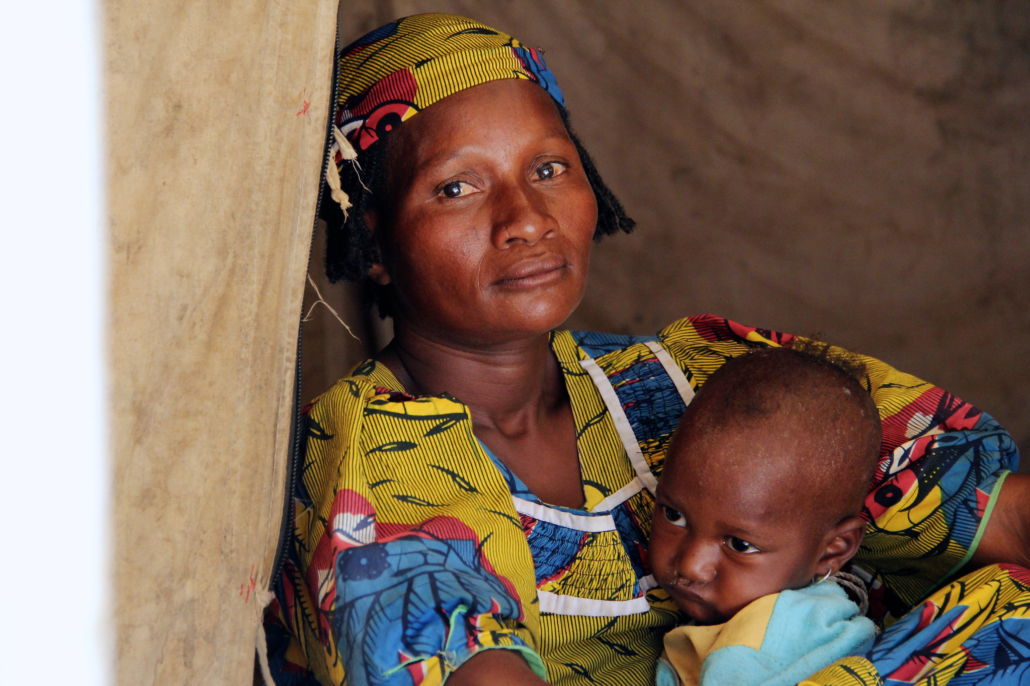 Conflicts have been devastating in Cameroon for several years. This ongoing conflict has led to the recruitment of child soldiers in Cameroon. The insurgencies and other forms of violence present within the country have exacerbated the state of poverty within the country.
Conflicts have been devastating in Cameroon for several years. This ongoing conflict has led to the recruitment of child soldiers in Cameroon. The insurgencies and other forms of violence present within the country have exacerbated the state of poverty within the country.
Humanitarian Impact
In Cameroon, more than 55% of the population lives in poverty, 37.7% suffer from impoverishment and 4.4 million people require humanitarian assistance. This situation impacts their health, education, livelihood and shelter.
Cameroon faces three complex humanitarian crises: the Lake Chad Basin conflict, the North West and South West (NWSW) and the Central African Republic (CAR) refugee crisis. These humanitarian crises severely impact rural areas. The ongoing conflict and insecurity worsen poverty, illiteracy, lack of access to natural resources, limited income, minimal agriculture and livestock production.
The Boko Haram insurgency and the Anglophone Crisis led to the existence of child soldiers in Cameroon. Unidentified Boko Haram-affiliated and splinter groups recruit and use boys as young as 10 years old. These boys act as spies and undertake other tasks in the Far North Region.
With the onset of the Anglophone Crisis, perpetrators continue to exploit children. Children face abduction, denial of education and coercion to join military groups in an attempt to overcome poverty. The use of child soldiers in Cameroon deprives these children of their human rights, educational aspirations and sustainable peace.
International Laws and Conventions
The presence of child soldiers in Cameroon represents a direct contravention of international laws and conventions. Efforts by Cameroon to combat this violation must be appreciated. Further strengthening the national laws, Cameroon has ratified the Conventions on the Rights of the Child in 1993, the African Charter on the Rights and Welfare of the Child in 1997 and the Optional Protocol on the Involvement of Children in Armed Conflict in 2013. These Conventions and Protocols collaborate to prevent the recruitment and use of child soldiers in Cameroon. Demobilization, rehabilitation and reintegration into society become key factors for the protection of the child soldiers in Cameroon.
Helping the Children
Founded in 2019, Hope for Cameroon (HFC) contributes to uplifting children in Cameroon. It empowers the marginalized population and provides access to transformational educational opportunities through the HFC Education Fund from 2019. The funding program helps alleviate the financial challenges faced by these families because of the crisis within the country. Dieudonne is a recipient of this fundraising campaign. A victim of the Anglophone crisis, Dieudonne can secure the necessary funds and pursue his dreams of attending university.
Launched in 1996, Nkumu Fed-Fed is a women-based organization to help the most vulnerable groups of women and girl children belonging to the less privileged in the rural communities of Cameroon. With the ongoing conflict, Nkumu Fed-Fed works toward alleviating poverty and guaranteeing equity in Cameroonian society. This organization helps vulnerable women and girls by setting up a Community Micro-finance Credit Scheme in support of its Income Generating Activities. Additionally, Nkumu Fed-Fed supports communities requiring improvement in infrastructure within schools.
Promoting Sustainability
One of the main focuses of Deutsche Gesellschaft für Internationale Zusammenarbeit (GIZ) is rural development. Since the 1960s, GIZ has been a strong support to Cameroon. GIZ recognizes the severe poverty in Cameroon and aids the country by promoting sustainable resource management and the protection of biodiversity. This helps improve incomes and ensure food security. Furthermore, implementing subsistence farming in rural areas leads to profitable mechanisms coupled with social and environmental sustainability. This helps to tackle the issue of malnutrition among women and chronic undernourishment among children.
Efforts by national leaders, local NGOs, grassroots organizations and support from the international community create a hopefulness that Cameroon will emerge victorious in this arduous struggle.
– Caren Thomas
Caren is based in Dubai, UAE and focuses on Technology and Politics for The Borgen Project.
Photo: Flickr
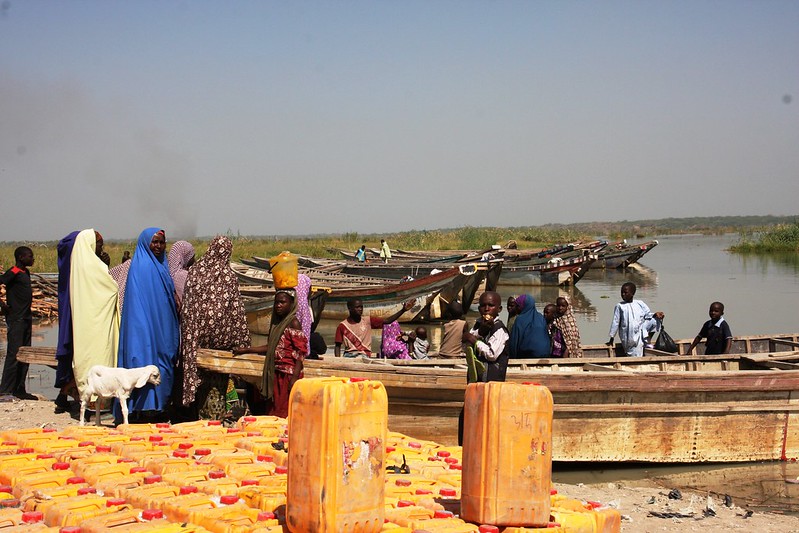 With a population of almost 220 million people, Nigeria is the most populous country in Africa and the world’s sixth most populous country. Nigeria has been facing growing instability and fear
With a population of almost 220 million people, Nigeria is the most populous country in Africa and the world’s sixth most populous country. Nigeria has been facing growing instability and fear 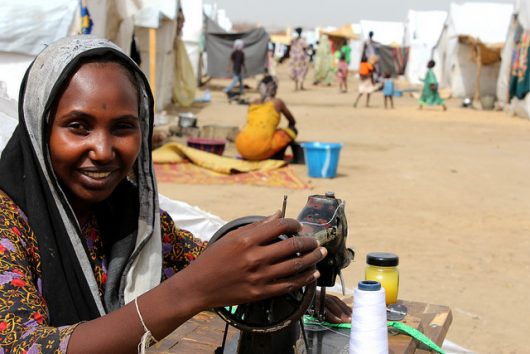
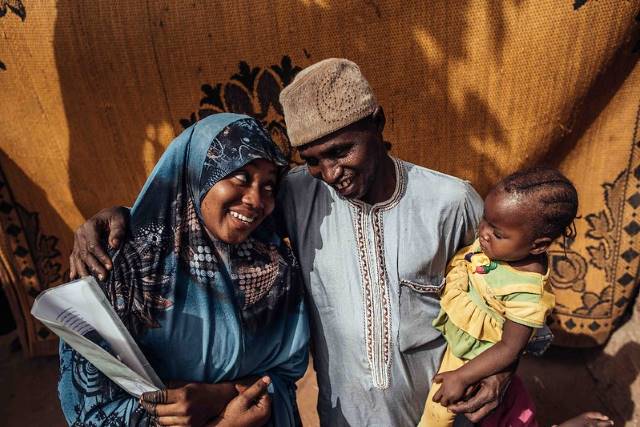 The
The 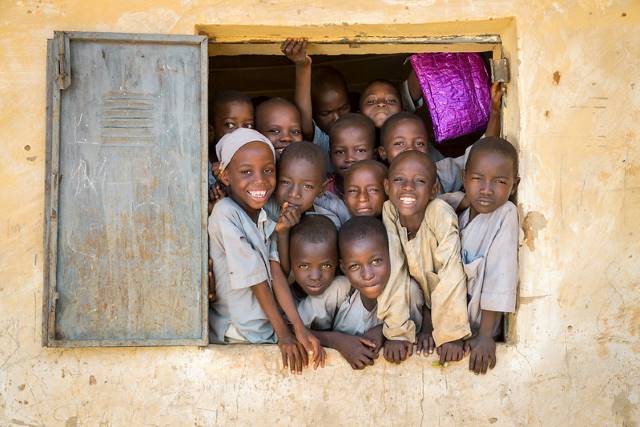 Nearly 200 million people currently live in Nigeria. Out of all the children in the world who are not attending school,
Nearly 200 million people currently live in Nigeria. Out of all the children in the world who are not attending school, 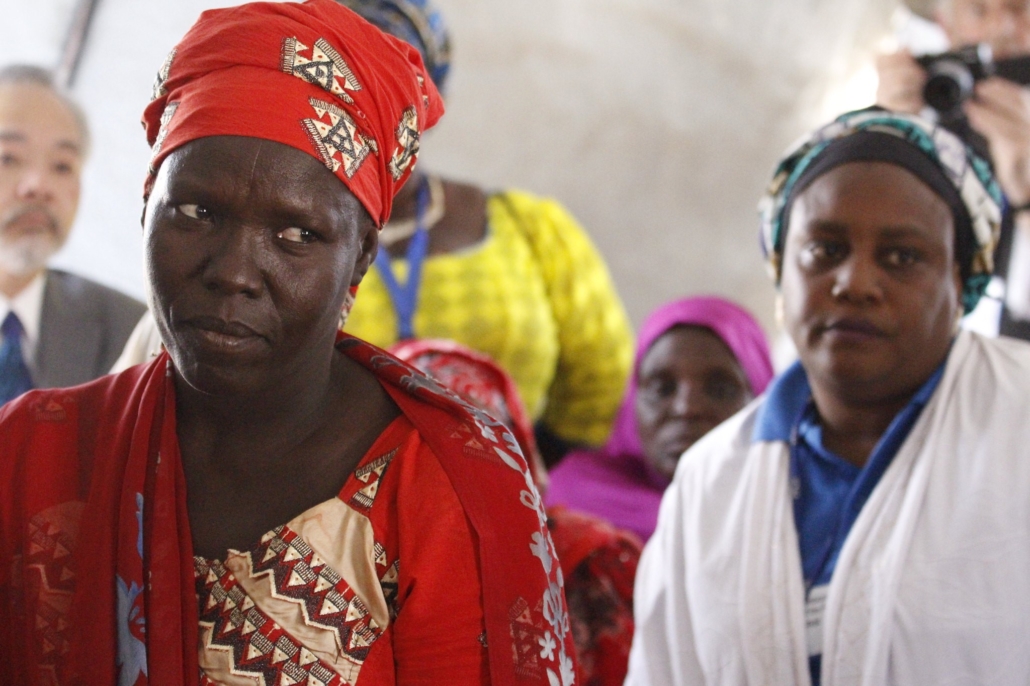
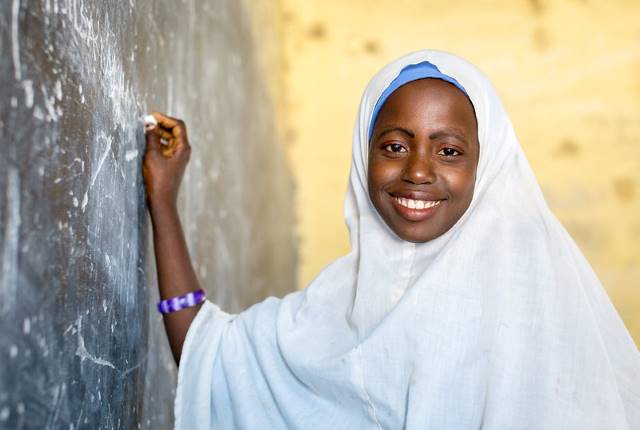 For women in Nigeria, education is a privilege because not all of them have access to it. Some people in Nigeria see education as a commodity and there are many children currently out of school. The Malala Fund estimates that
For women in Nigeria, education is a privilege because not all of them have access to it. Some people in Nigeria see education as a commodity and there are many children currently out of school. The Malala Fund estimates that 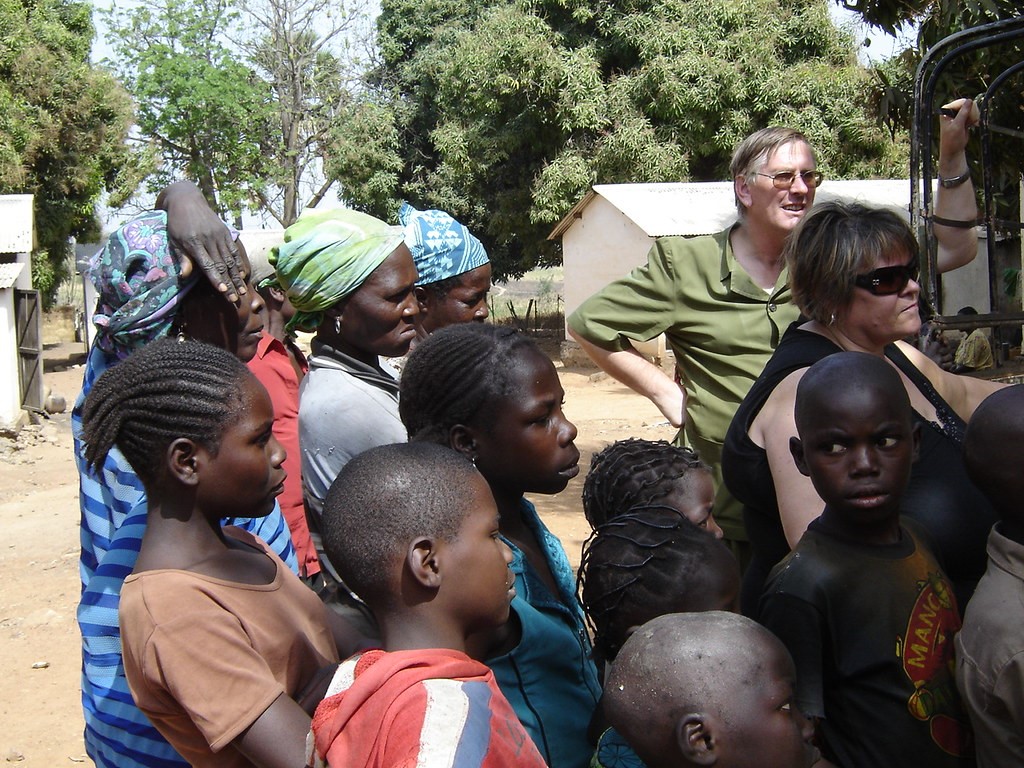
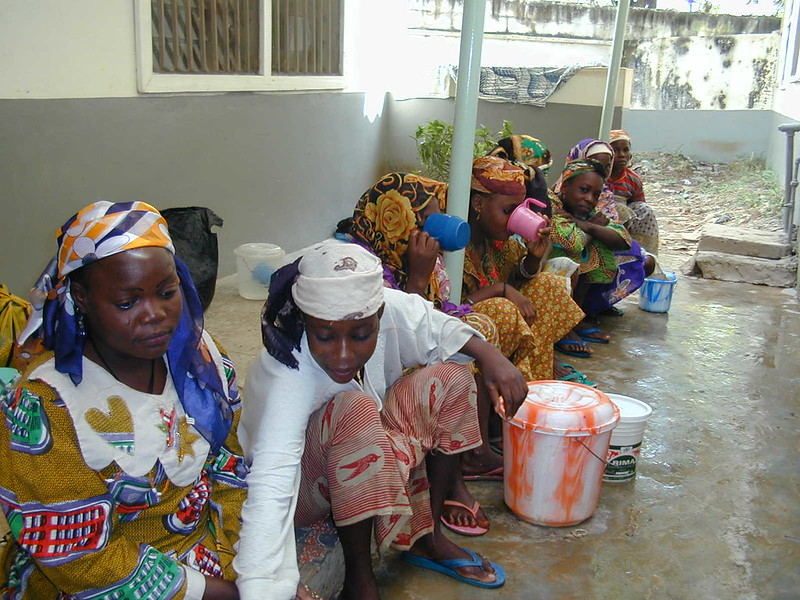 Nigeria, one of the biggest exporters of oil and the most populated country in Africa, is living through severe poverty. In one day, Nigeria can produce 2.5 million barrels of crude oil. Starting at only $30 per barrel, Nigeria is battling high production costs with extremely low oil costs. With oil prices falling, high unemployment rates and rampant poverty, Nigeria stands divided. As of 2019, the National Bureau of Statistics shows that
Nigeria, one of the biggest exporters of oil and the most populated country in Africa, is living through severe poverty. In one day, Nigeria can produce 2.5 million barrels of crude oil. Starting at only $30 per barrel, Nigeria is battling high production costs with extremely low oil costs. With oil prices falling, high unemployment rates and rampant poverty, Nigeria stands divided. As of 2019, the National Bureau of Statistics shows that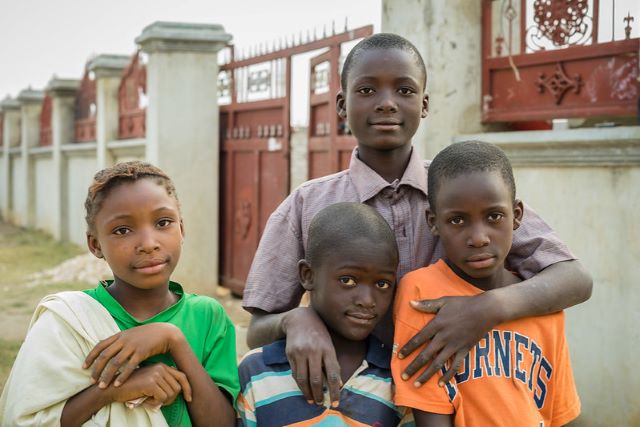 Northern parts of Nigeria have become the epicenter of brutal and violent attacks carried about by the notorious militant ISIS group, Boko Haram. Many victims are left with painfully traumatic memories that develop into post-traumatic stress disorder (PTSD). Functioning normally is impossible for those affected by PTSD and northeast Nigeria only has a single mental health institute. Nonprofits advocating for mental health in northern Nigeria have taken to Twitter and other forms of social media to provide guidance and healing to help bridge the gap.
Northern parts of Nigeria have become the epicenter of brutal and violent attacks carried about by the notorious militant ISIS group, Boko Haram. Many victims are left with painfully traumatic memories that develop into post-traumatic stress disorder (PTSD). Functioning normally is impossible for those affected by PTSD and northeast Nigeria only has a single mental health institute. Nonprofits advocating for mental health in northern Nigeria have taken to Twitter and other forms of social media to provide guidance and healing to help bridge the gap.